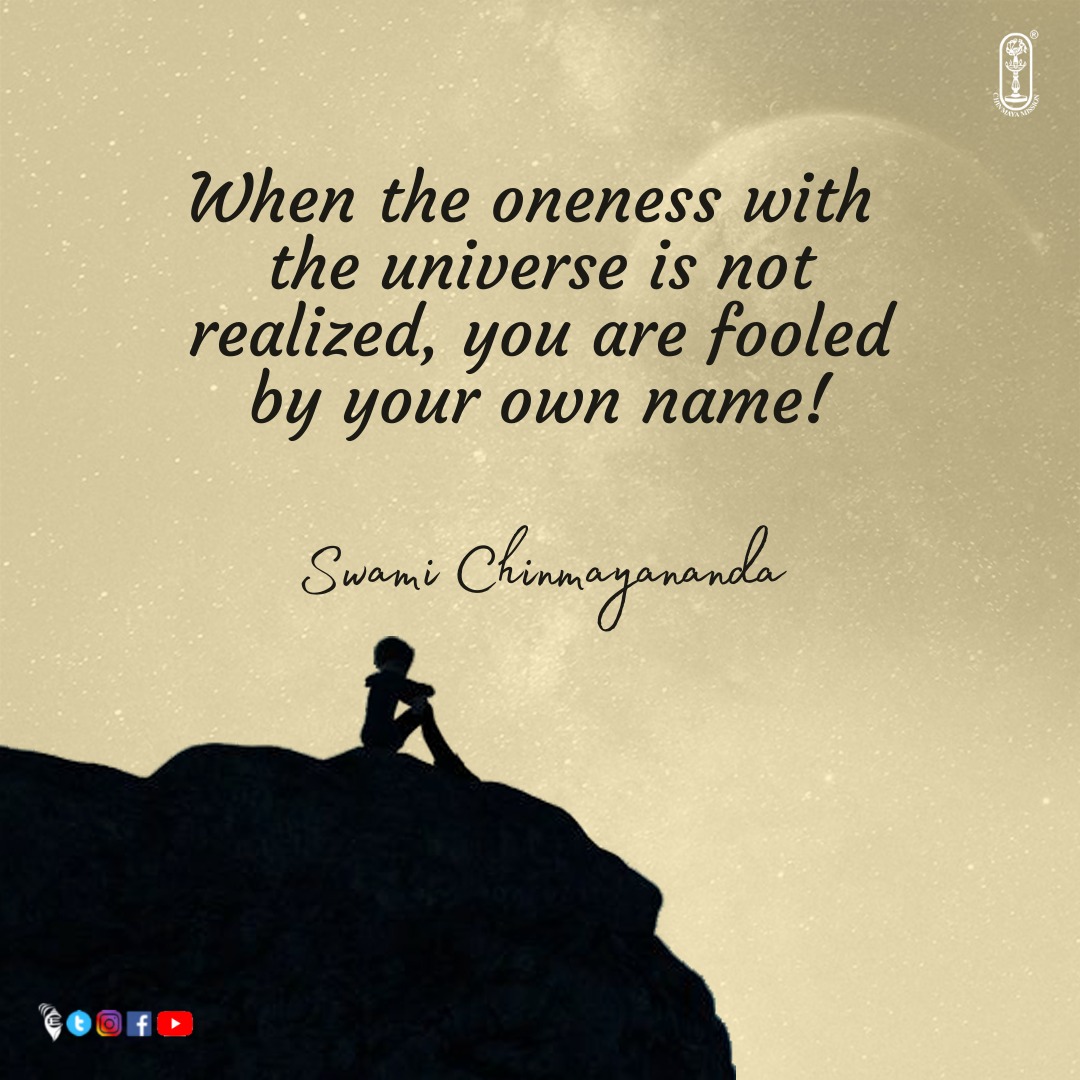A Master Message of the Ancient Rishis -5. Swami Krishnananda.
==============================================================
===============================================================
Tuesday, April 12. 2022. 19:00.
Thinking the Cosmic Totality- 5.
(Spoken on April 25, 1972 during night satsang on Swamiji's 50th birthday.)
=============================================================
We know the difference between treating oneself as a subject and treating oneself as an object. This needs no commentary. It is quite clear. The subject is incapable of externalisation. We cannot hate a subject. The subject is a source of affability, love and satisfaction. We can dislike, cast away or hate an object. Can we hate a subject? No. Inasmuch as everyone is an object to everyone else, well, the whole world is full of hatred, animosity, and an atmosphere of warfare. But can we change our very attitude? Everyone is a subject from his own or her own point of view, so it is impossible to hate anyone in this world.
This cosmic totality of subjectivity is, in one sense, Ishvara, God Supreme, the Absolute itself. And this cosmic totality of this chaos that is called objectivity is samsara, or world existence. So one and the same thing is God and the world, from two different standpoints. It is hell and heaven at the same time. One thing is hell, and the same thing is heaven from two different angles of vision. God and the devil are at the same place. Perhaps they are one and the same thing appearing as different from two standpoints of consciousness. We can, therefore, convert this world into a field of the activity of dharma, a dharmakshetra, if we would like to do it, or we can transform this world into a veritable field of perpetual suffering.
What becomes clear out of this analysis is that we are in a uniform continuum of forces which are impersonal in their character. The world is impersonal, and not personal. There are no persons or things in this world. What we call persons and things are only forms of forces which do not belong to anyone. Forces are cosmic in their operation, absolutely impersonal in their nature; therefore, they cannot belong to anyone or anything else. They are what they are.
This attitude of consciousness where everyone and everything is regarded as what it is, that attitude is the attitude of God, ishvara-shristi. Ishvara-shristi, or the creation of God, is that state of affairs where every person is taken for what he is and everything is taken for what it is, and not as it appears to the eyes or the minds of others. This is very difficult. Perhaps nothing can be worse than this difficulty. We cannot take things from their point of view, because then it would be to think as a subject rather than as an object.
If I have to understand someone properly, I have to think as he thinks, I have to feel as he feels, and his personality should be my personality. His very being should be my being. But if I regard him as a person coming from somewhere, an individual outside me, then I judge him as an object from the point of view of my own limited understanding and logical restrictions.
All this may look easy, but it is most difficult, actually, to think in this manner. If we start thinking from the point of view of that very thing which we regard as an object in front of us, the object becomes a subject at once. It shall begin to speak to us as our friend. This is what is usually known as the universal love of saints. It is not love as we understand it in common parlance. It is not someone loving someone else. This is not universal love. That which we call universal love is not some person loving some other persons. That would be human love, mortal love, mortal affection, which has a beginning and an end, and it shall breed sorrow in the end. But the universal love of the perceiver of Reality, or Truth, is not a movement of emotional affection from one place to another place, from subject to object, but it is the love of the subject recognised in all other objects. This is what the Isavasya Upanishad tells us when it describes the nature of a saint or a Self-realised soul. It is easy to practise, and one will be the gainer if this practice could be implemented right at this very moment.
To be continued .....
================================================================




.jpg)

Comments
Post a Comment